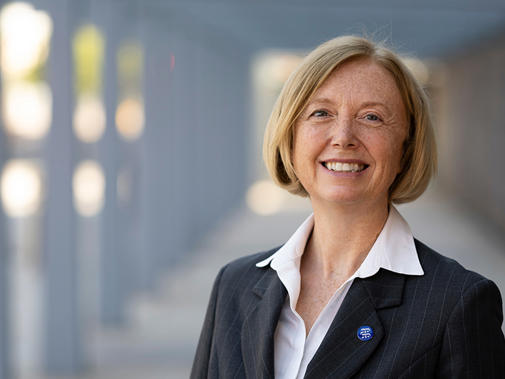We are biased in everything we think, be it conscious or unconscious. For gender, we all tend to assign typical appearance, mannerism, preferences, and behaviours to a specific gender, with these assumptions resulting in odd conclusions, like beautiful cats assumed to be female and athletic dogs being automatically male, for example.
It's a constant battle which is frankly exhausting when we keep questioning whether we are unintentionally jumping to conclusions, based on surrogate indicators which may mislead us.
Our brains tend to pick the easiest path to understand the world around us, and the chosen path is heavily influenced by what society tells us is the ‘norm’. For example, a Google image search for a doctor comes up with mostly images of male doctors, and for nurses it’s mostly women.
While there are statistically more nurses that are female and doctors that are male, this is reinforced by these kinds of stereotypes and pushes our brain on the path most travelled – that doctors are mostly men and nurses women. The photos help to perpetuate this gender imbalance, causing men who are more suited to nursing tending to avoid this career option and vice versa for women.
Over a century ago, trailblazers like Elizabeth Garret Anderson fought viciously against these paths. Having been refused entry to medical school on account of her gender, she subsequently passed the medical qualification exams anyway in 1865 by studying privately.
Such was the pressure to maintain the status quo that the Society of Apothecaries responded to this shocking qualification by specifically excluding any other females from sitting the exams.
Incidentally, Ms Anderson also became the first female member of the BMA in 1873, with the BMA itself then voting to exclude women from BMA membership in 1878. It's uncomfortable to go against the flow, but in the past, the discomfort of proving gender bias must have felt both threatening and painful.
Letting women prove their intellectual potential was navigating uncharted waters and this threatened the sovereignty of the male hierarchy, as well as the assumption that women would automatically remain at home to run the house and raise the children.
Nowadays, people say ‘women can now have it all’ yet this all too often translates into women having to do it all. The World Health Organisation's 2019 document Delivered by Women, Led By Men outlined why addressing decent work without discrimination was in everybody's best interest.
There is a global shortage of healthcare workers. There is evidence to demonstrate that removing sexist behaviour, like sexual harassment for example, improves both staff retention as well as improving patient outcomes, yet 59 countries worldwide have no law to protect workers from sexual harassment, along with 110 countries having a complete lack of criminal penalty for such an offence. We still have a long way to go.
In the UK, the BMA has launched its first pledge to end sexism in medicine. The pledge includes concrete goals, including:
- Eliminate sexism from career progression opportunities
- End sexual harassment in medicine
- Ensure that there are multiple channels for reporting sexual harassment and sexis
- Promote the benefits of gender diversity in medicine
- Guarantee safe and supportive environments for pregnant doctors and medical students
- Remove the detrimental impact that having children and other caring responsibilities can have on career progression and work-life balance
- Actively challenge gender stereotypes in medicine
- Increase the visibility and voices of women
- Employees in more senior roles to recognise gender bias in the workplace
- Support women’s health.
Eliminating biases in the workplace should not be restricted to gender, though. Other protected characteristics, including race, religion, disability, and gender identity can intersect with sexism, meaning some doctors face multiple forms of gender-based discrimination.
Unconscious gender discrimination, for example, having no surgical scrubs available for pregnant doctors, or workplace attire appropriate for doctors following certain religions, needs to be addressed to ensure that a diverse medical workforce is strong and robust.
To achieve this, we also need to recognise that whilst women are more likely to experience sexism, people of all genders working in medicine can face gender-based discrimination. For example, men can have less support to take parental leave or work flexibly due to gender stereotypes, and non-binary people can experience sexual harassment.
The BMA’s pledge to end sexism in medicine is about creating a profession and culture where a person’s gender plays no role in their career progression or how they are treated by their colleagues and patients.
Medicine will not achieve its potential as long as gender discrimination exists within it. We need to ensure that doctors aren’t held back by illogical constraints like gender bias.
Iona Collins is BMA Welsh council chair

